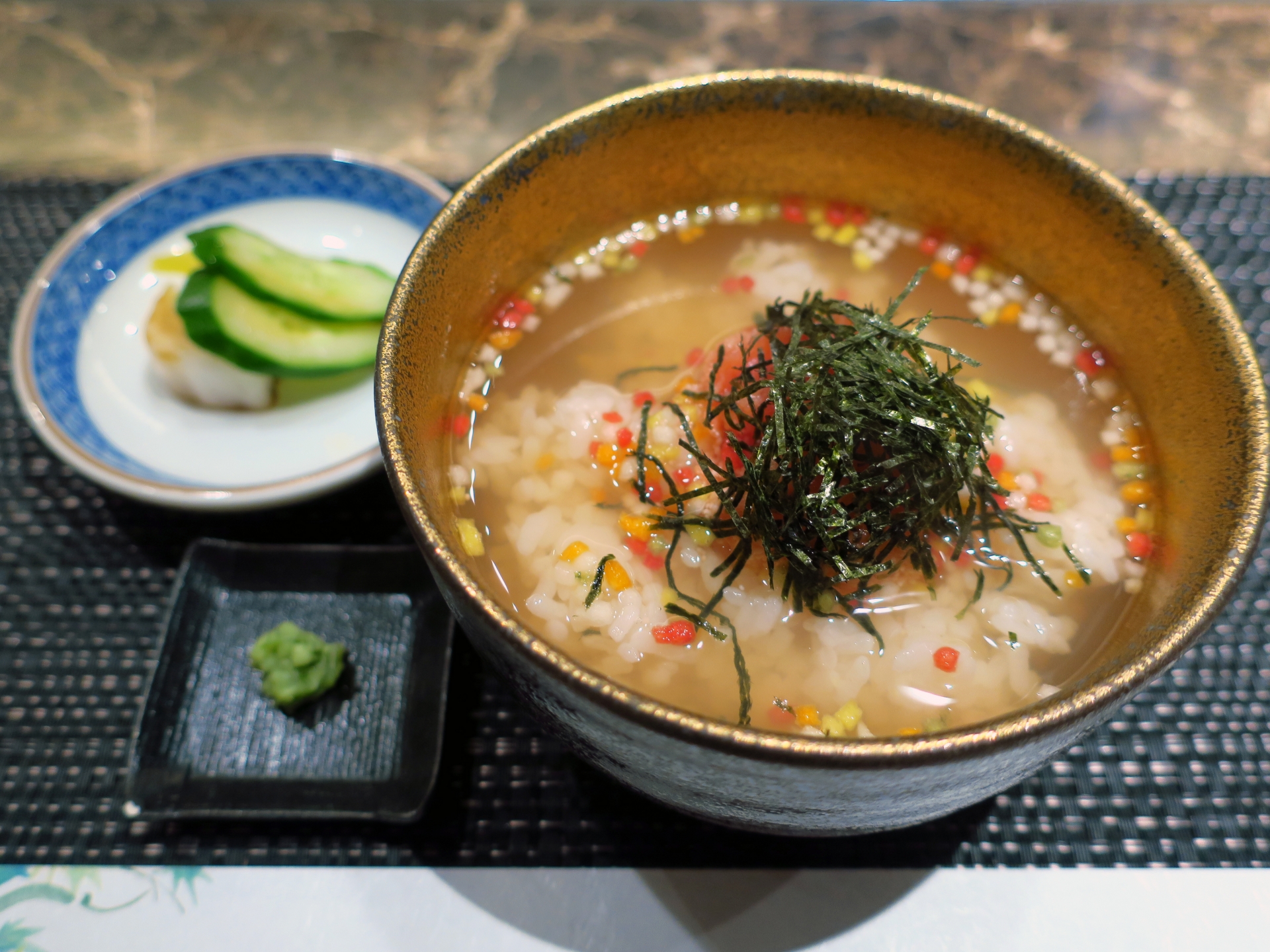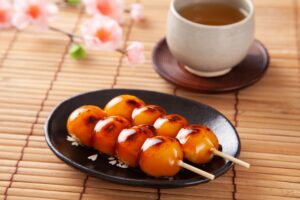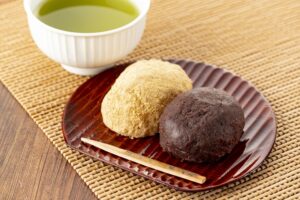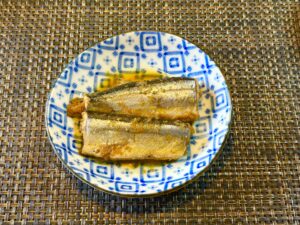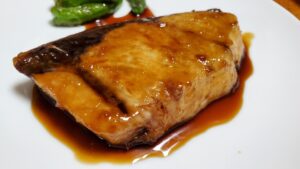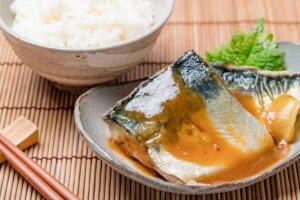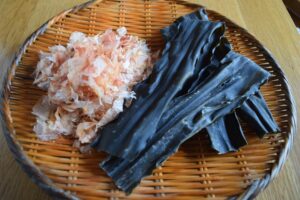Ochazuke is a humble yet deeply comforting Japanese dish where hot tea, broth, or dashi is poured over rice and topped with savory ingredients. Popular as a quick meal, midnight snack, or post-drinking remedy, this dish is not only easy to prepare but highly customizable. In this guide, we’ll show you how to make traditional ochazuke and explore variations including vegan styles, instant options, and creative fusion twists.
What is Ochazuke?
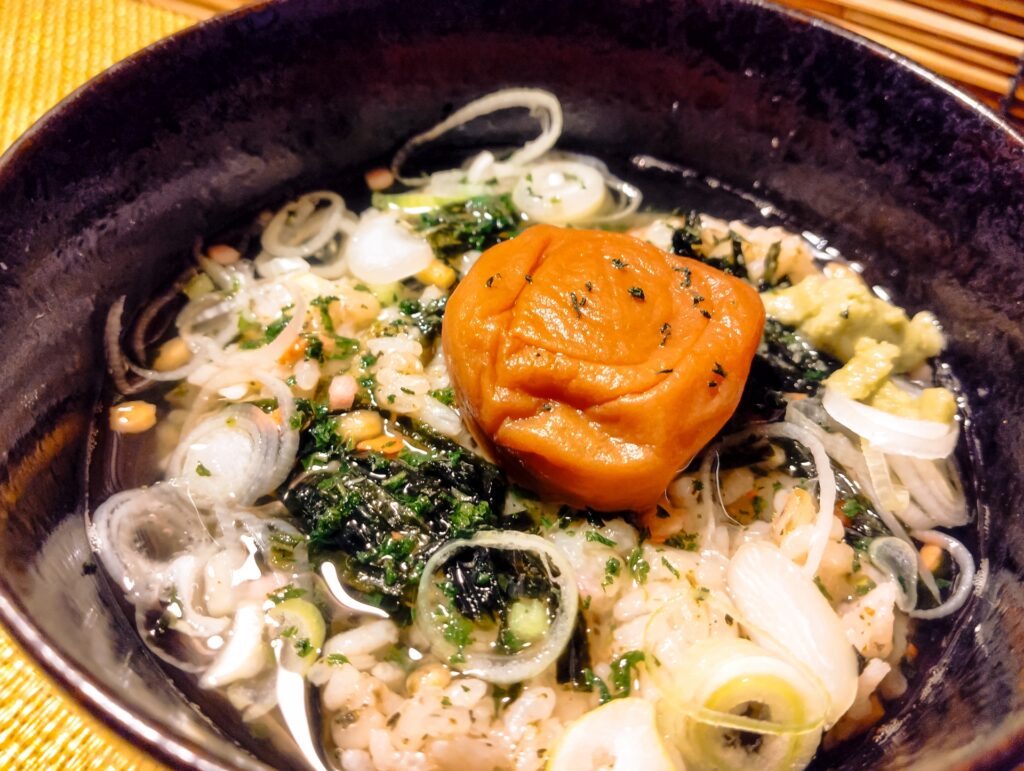
Ochazuke (おちゃづけ), literally meaning “tea poured over,” is a traditional Japanese dish where hot tea, dashi (broth), or water is poured over a bowl of rice, topped with a variety of savory ingredients. With roots tracing back to the Heian period (794-1185), it evolved from a humble way of making leftover rice more palatable to a beloved comfort food enjoyed across Japan.
Ochazuke holds a special place in Japanese culinary culture. It is often consumed as a quick meal, late-night snack, or remedy for hangovers thanks to its warm, soothing nature. You’ll find it served in izakayas (Japanese pubs), at home as a midnight bite, or as a gentle dish for someone recovering from illness. Its simplicity has contributed to its growing appeal outside Japan, especially among those seeking easy, customizable, and healthy meals with a cultural touch.
Regional variations include Kyoto’s use of kombu-rich dashi, while Tokyo might favor hojicha tea for a roasted, nutty aroma. Whether enjoyed traditionally or modernized with global ingredients, ochazuke remains a dish that reflects both history and versatility.
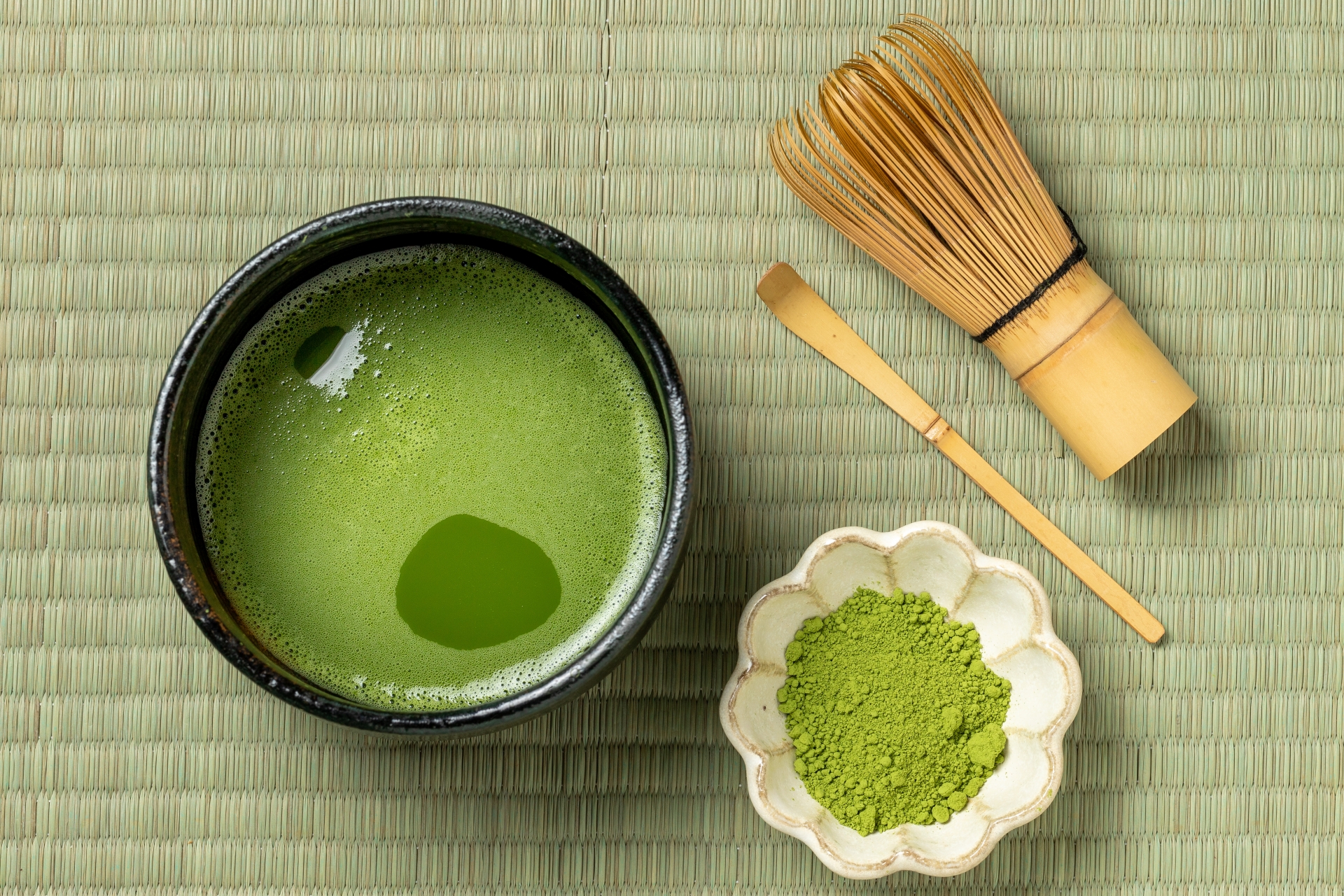
Basic Ochazuke Recipe
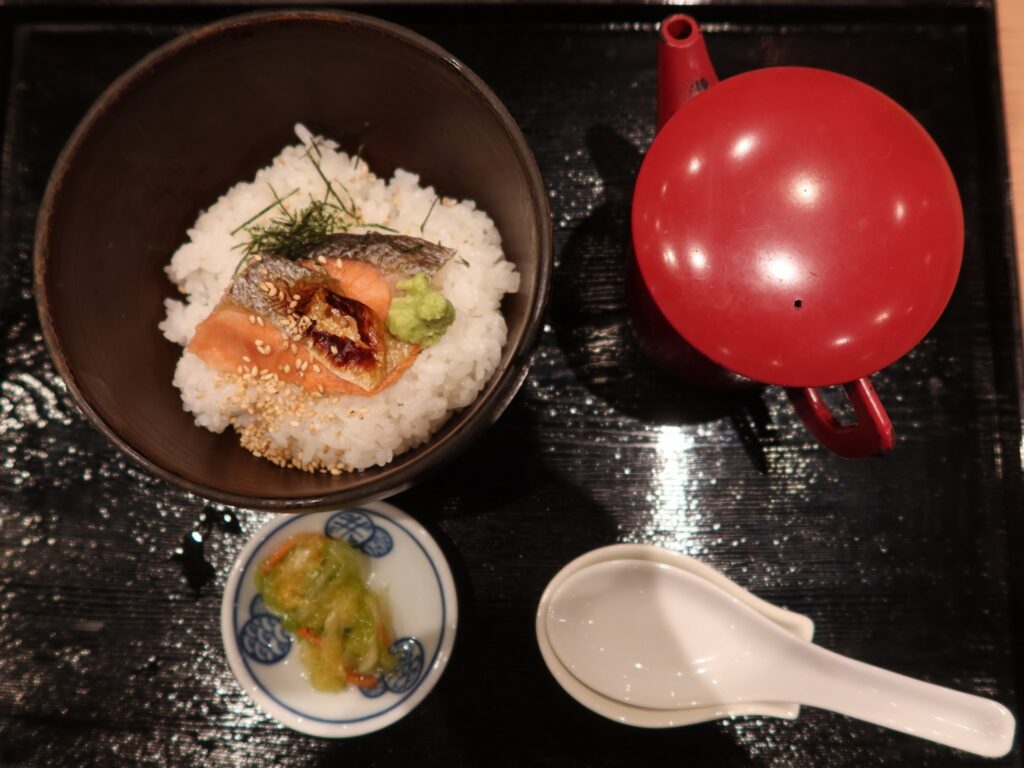
Ochazuke is incredibly simple to make. The base is freshly cooked or leftover steamed rice, which is topped with savory ingredients and finished with hot tea or broth poured over. Below is a classic recipe featuring green tea and grilled salmon.
Ingredients List
Standard Serving (1 portion):
- 1 bowl cooked Japanese short-grain rice (white or brown)
- 1/2 cup hot sencha (or genmaicha/hojicha as alternatives)
- 1 small fillet grilled salmon, flaked (or substitute with smoked tofu for vegetarian)
- 1 tablespoon chopped green onions
- 1 teaspoon toasted sesame seeds
- 1/2 sheet nori (seaweed), shredded
- 1/2 umeboshi (pickled plum), optional
- Wasabi or soy sauce to taste
Substitutions:
- Tea: Replace with light dashi or even hot water for a more neutral taste
- Rice: Jasmine rice or leftover rice can be used if Japanese rice isn’t available
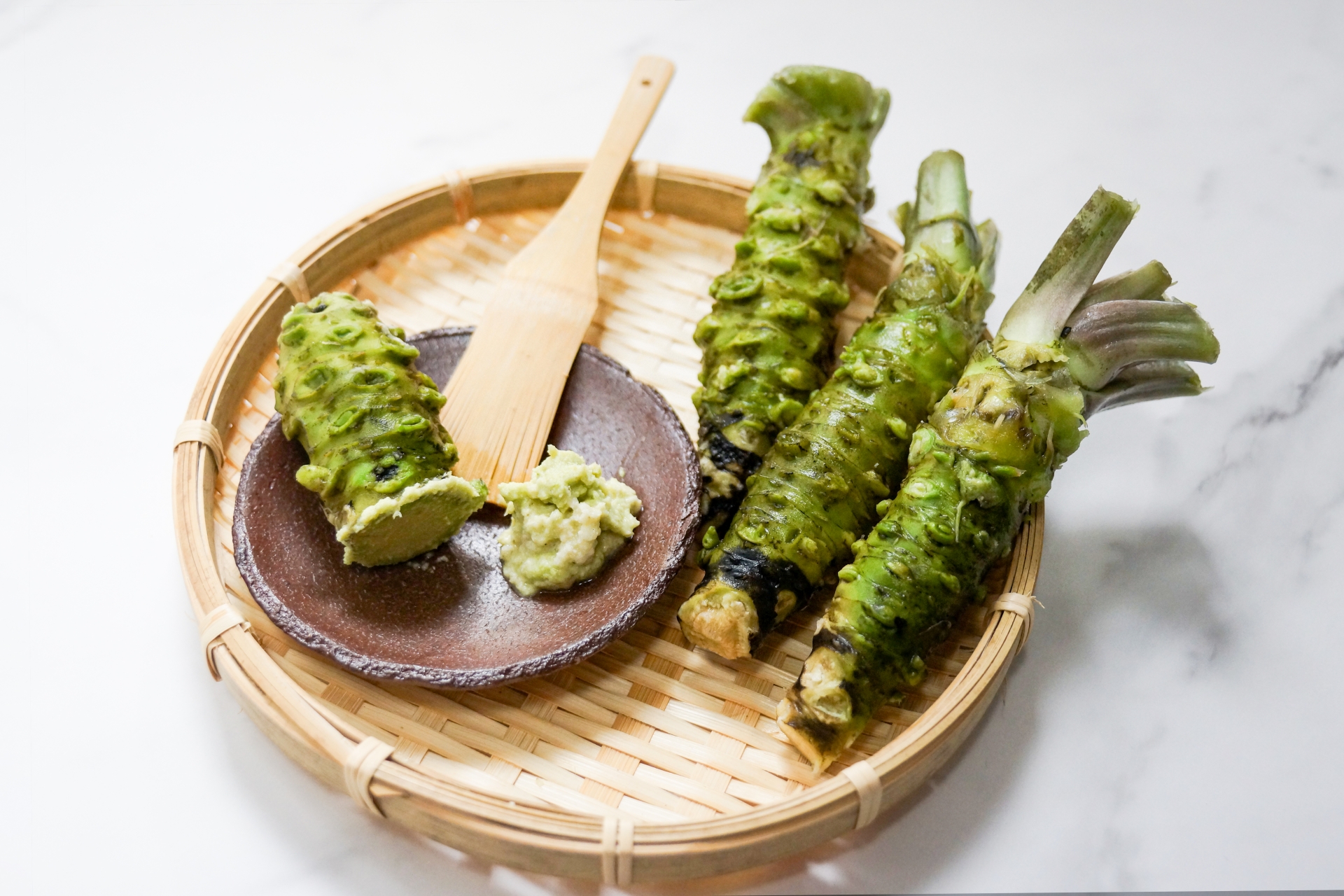
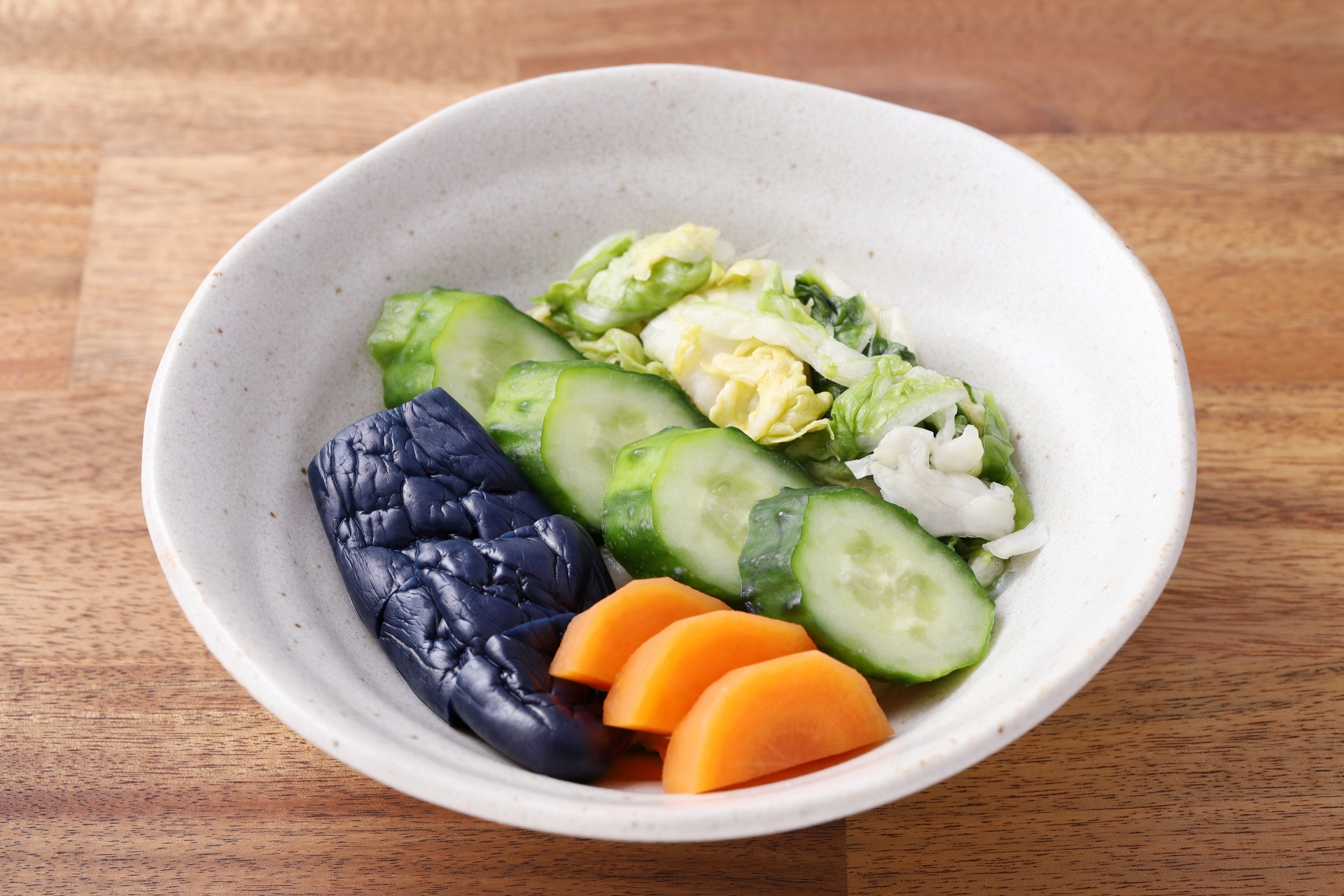
Step-by-Step Instructions
- Cook the rice: Use freshly steamed Japanese short-grain rice. If using leftovers, gently reheat in a microwave or over the stove with a splash of water.
- Prepare the tea: Brew sencha, genmaicha, or hojicha to your preferred strength. Keep hot but not boiling (ideal temp: 160-180°F).
- Assemble the bowl: Place rice in a serving bowl. Add flaked salmon, green onions, nori, sesame seeds, and umeboshi on top.
- Pour the tea: Gently pour the hot tea over the rice and toppings until partially submerged.
- Season and serve: Add a small dab of wasabi, soy sauce, or tsukemono (pickles) as desired. Eat immediately while warm.
Tip: Balance salty toppings with mild tea to avoid overpowering flavors. Crunchy elements like rice crackers (arare) add texture.
What Tea Works Best for Ochazuke?
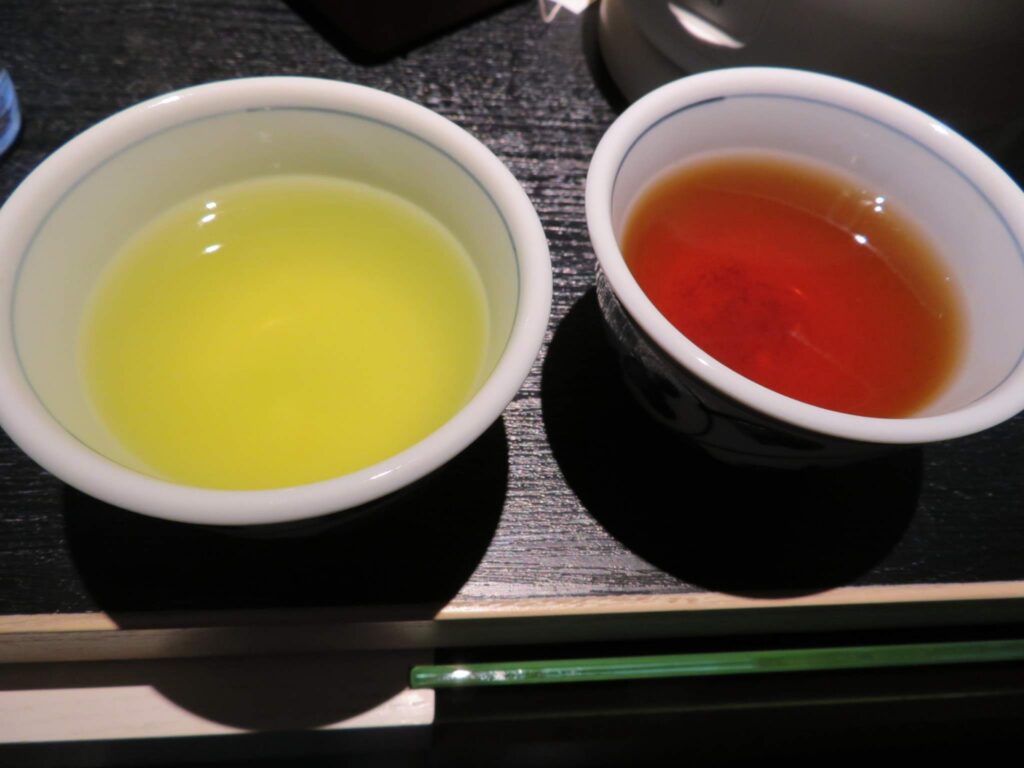
Several types of Japanese tea complement ochazuke, each offering a unique flavor profile:
- Sencha: The most common green tea, offering a clean, slightly grassy taste. Ideal for standard ochazuke recipes.
- Genmaicha: A mix of green tea and roasted rice, adding a nutty, toasty flavor. Perfect for richer toppings like grilled fish.
- Hojicha: Roasted green tea with a smoky, earthy aroma. Works well in cooler weather or for heavier toppings.
Alternative:
- Dashi (Japanese broth): A popular substitute, made from kombu and bonito flakes, offers a savory umami depth not found in tea. Ideal for winter or more savory variations.
Each base brings out different qualities in the toppings. You can even blend tea and dashi for a balanced approach.
Popular Toppings and Variations
Ochazuke is endlessly customizable. Here are some classic and regional toppings:
- Grilled salmon (sake)
- Umeboshi (pickled plum)
- Takuan (pickled daikon)
- Nori (seaweed strips)
- Shiso leaves
- Wasabi or grated ginger
- Tsukemono (Japanese pickles)
Seasonal/Regional Ideas:
- Kyoto: kombu, yuba (tofu skin)
- Hokkaido: ikura (salmon roe), crab meat
- Summer: chilled tea over cold rice with cucumber and herbs
Vegan and Vegetarian Ochazuke Ideas
If you’re plant-based, there are plenty of satisfying options:
- Tofu: Silken tofu cubes or grilled slices
- Mushrooms: Shiitake or enoki sautéed in soy sauce
- Kombu-dashi: Seaweed-based broth
- Miso paste: Stir a small spoonful into the hot tea for a richer taste
- Vegetables: Blanched spinach, grated daikon, or corn
These options offer umami and texture without animal products, making them suitable for vegan and vegetarian diets.
Fusion and Creative Toppings
For an international twist:
- Kimchi: Korean fermented cabbage adds spice and tang
- Cheese: Mild cheese melts into the broth for a creamy contrast
- Chili oil: Adds heat and complexity
- Leftovers: Rotisserie chicken, roasted veggies, or pulled pork
- Herbs: Thai basil, cilantro, or scallions
Feel free to get creative—ochazuke is a canvas for your culinary imagination.
Is Ochazuke Good for You?
Yes, ochazuke is considered a light, easily digestible, and nourishing meal. Key health benefits include:
- Low in fat and calories: Great for light dinners or post-drinking recovery
- Hydrating: The tea or broth replenishes fluids
- Digestive support: Warm tea and plain rice are easy on the stomach
- Customizable nutrition: Add veggies, lean proteins, or fermented foods
However, some instant versions may contain high sodium. Check labels or make your own for better control.
Instant and Pre-Packaged Ochazuke: Worth It?
Instant ochazuke packets are widely available from brands like Nagatanien and Nissin. They’re convenient and come in flavors like salmon, ume, wasabi, and seaweed.
| Brand | Flavor Options | Sodium (per serving) | Price Range | Prep Time |
| Nagatanien | Salmon, Ume, Wasabi | ~700mg | $0.70-1.20 | ~1 min |
| Nissin | Miso, Seaweed | ~850mg | $1.00-1.50 | ~1 min |
| Yamamotoyama | Green Tea Mix | ~600mg | $0.80-1.30 | ~1 min |
They’re perfect for office lunches or travel. However, for those watching salt intake or seeking fresher flavors, homemade is healthier and more customizable.
Meal Prep and Storage Tips
Ochazuke is ideal for quick meals if you prep ahead:
Advance Prep Ideas:
- Freeze grilled salmon: Portion into small bags
- Make and store broth: Kombu or miso dashi can be kept refrigerated for 3–4 days
- Pre-cut toppings: Chop scallions, nori, or veggies and store in airtight containers
Storage Tips:
- Keep cooked rice refrigerated for up to 3 days
- Brewed tea can be kept in the fridge for 2 days
- Assemble toppings in jars for grab-and-pour convenience
A printable prep plan chart can help keep ingredients organized.
When to Eat Ochazuke: Cultural and Practical Context
In Japan, ochazuke is traditionally eaten:
- After drinking alcohol: Soothes the stomach late at night
- When recovering from illness: Light and easy to digest
- As a quick breakfast: Warm, simple, and energizing
- On hot summer days: Served cold with chilled tea
Its flexibility makes it suitable any time you need a comforting, low-effort meal. In pop culture, ochazuke often appears in anime or dramas as a moment of emotional reflection or healing.
FAQ About Ochazuke
What kind of tea is used in ochazuke?
Sencha, genmaicha, or hojicha are traditional. Dashi is also used.
Can you use any rice for ochazuke?
Short-grain Japanese rice is best, but jasmine or leftover rice can work in a pinch.
What goes well with ochazuke?
Toppings like salmon, umeboshi, nori, sesame seeds, and pickles.
Is ochazuke healthy?
Yes, it’s low in fat and easy to digest. Watch sodium in instant versions.
How do you eat ochazuke?
Scoop a bit of rice and toppings with broth in each bite. Best eaten hot.
Can you make ochazuke without tea?
Yes, use dashi or hot water for a lighter taste.
Conclusion
Ochazuke is a timeless Japanese comfort food that bridges simplicity and flavor. Whether you crave a quick lunch, a gentle breakfast, or a restorative midnight snack, ochazuke delivers. With infinite topping possibilities and easy prep, it’s a dish that adapts to your taste and lifestyle. Try classic versions or experiment with global ingredients—ochazuke invites you to make it your own.
“Ochazuke is the meal that tastes like home.” – Japanese saying

